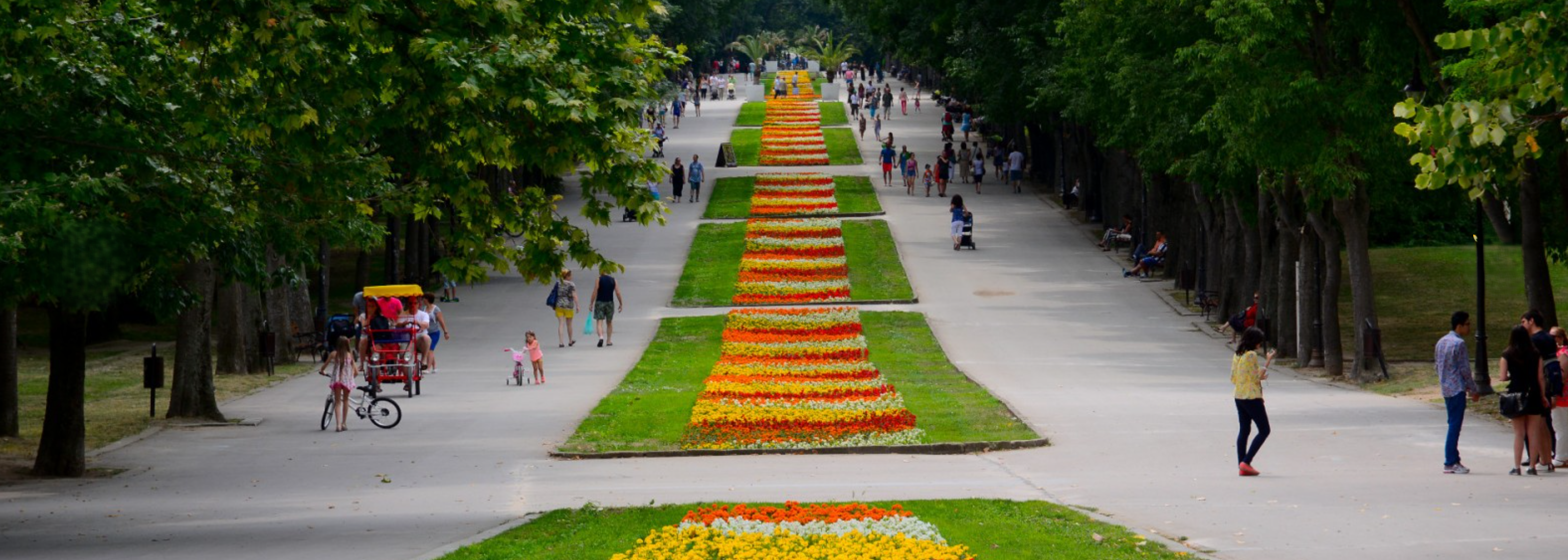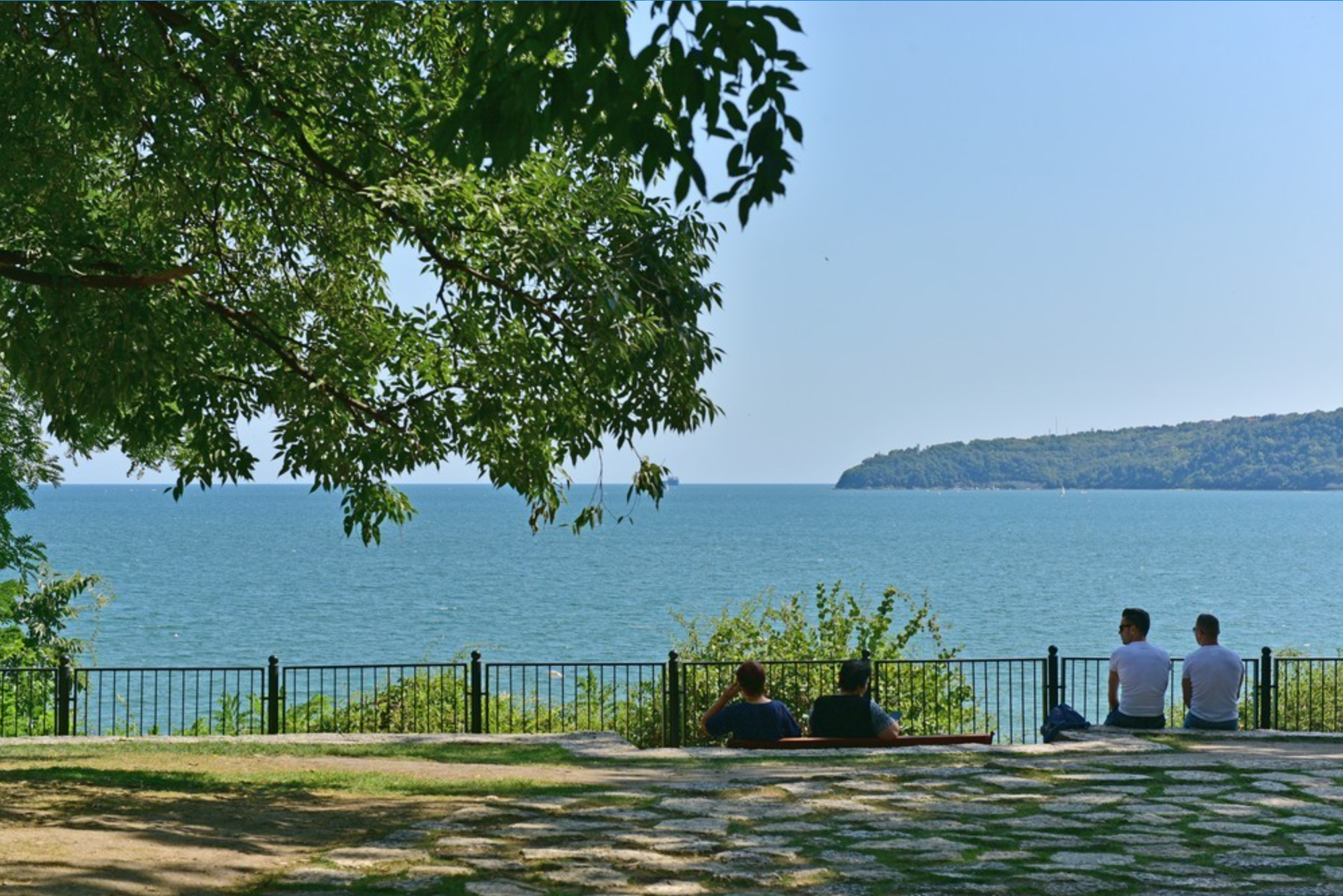The Sea Garden (Morska Gradina) is the largest landscaped park in the Balkans, located in the city of Varna, Bulgaria. It is renowned for its history, landscaping, and cultural landmarks, and it is situated along the coast of the Black Sea.

Landscaping Example
History
The area where the Sea Garden now stands was, until the mid-19th century, an empty field outside the city's fortifications. In the spring of 1862, the President of the Local Trade Council, Hafız Eyüb, together with Varna’s mayor, Halil Efendi, and Turkish commander Said Pasha, initiated the enclosure of the area with a hedge. This early "Belediye Bahçesi" (Municipal Garden) began as a vegetable garden located near what is now the columned main entrance. Over time, the garden expanded to include cherry, lime, and chestnut trees. After Bulgaria gained partial independence in 1878, Mayor Mihail Koloni proposed in 1881 the creation of a city garden and a seaside park. The park's expansion to 26,000 square meters was guided by plans from French engineer Martinice.
Modernization of the Park
The park owes much of its present-day design and charm to Czech horticulturist Anton Novák. Having trained at Vienna’s Schönbrunn and Belvedere palaces, Novák was invited to Varna in 1895. His extensive work included planting rare and valuable flora, and he restructured the garden into a modern public space. Under his guidance, the park's area reached 90,000 square meters by 1905.
Expansion and Innovations in the 20th Century
Between 1912 and 1913, fountains and electric lighting were added to the park. Monuments commemorating prominent Bulgarians were installed along the central promenade, and in the 1930s, a seaside casino was constructed.
During the 1930s, plants from the Netherlands, Germany, Czechoslovakia, and France were introduced, along with the establishment of nurseries. The park expanded southward to reach the current site of the Varna Naval Museum. By the 1950s, the park attained its current boundaries, and the 1960s saw the replacement of trees along the central promenade with flower beds, creating a total landscaped area of 20,000 square meters.
Landmarks and Milestones
In the 1960s, the "Cosmonauts Alley" was established, with Yuri Gagarin planting a silver fir on May 26, 1961. The same year witnessed the construction of the Pantheon of the Fallen in the Fight Against Fascism. The 1968 addition of an observatory and planetarium, followed by the 1984 construction of the dolphinarium, further enhanced the park’s appeal.
Today, the park features an exotic zoo (terrarium), a natural history museum, and an aquarium. The Varna Naval Museum houses historical artifacts, including the famous Drazki torpedo boat.
Recreational and Leisure Facilities
The Sea Garden remains a beloved recreational destination for locals and visitors alike. Its extensive walking paths, beachfront restaurants, bars, clubs, and children’s playgrounds enhance its charm. Additionally, landmarks such as the "Bridge of Wishes," a small bridge surrounded by local legends, add a unique touch to the visitor experience.

A Sea View
The Sea Garden is a testament to Bulgaria's cultural and natural heritage, bridging historical and modern elements. A place for all ages, it continues to enrich the natural and cultural fabric of Varna.

